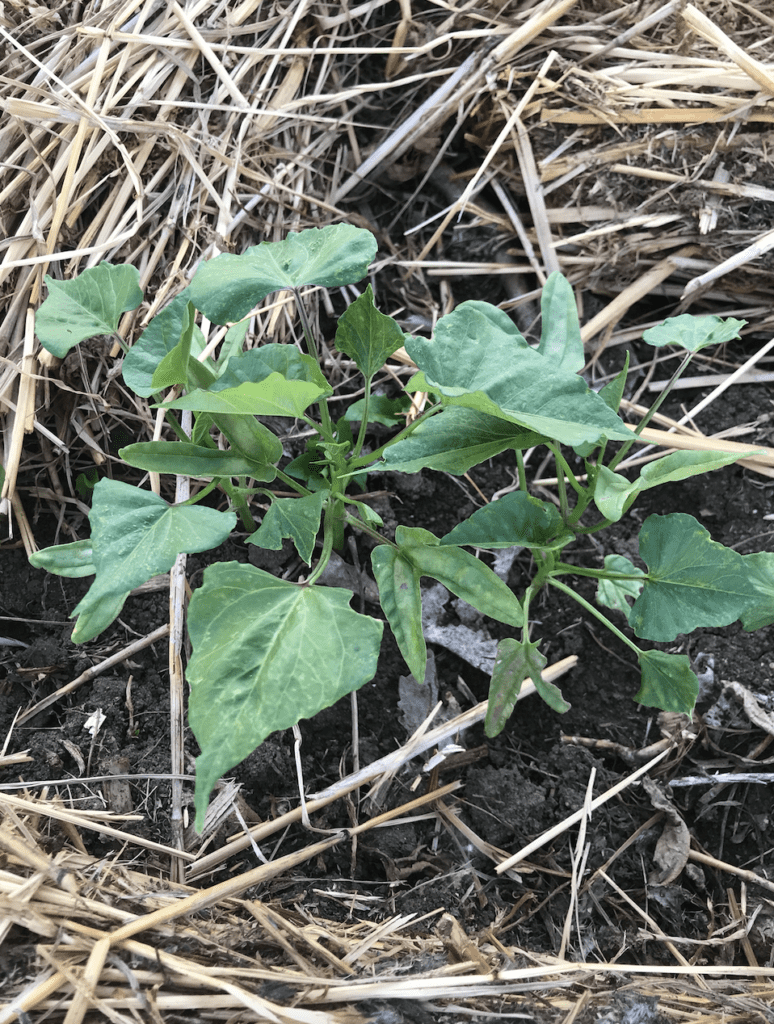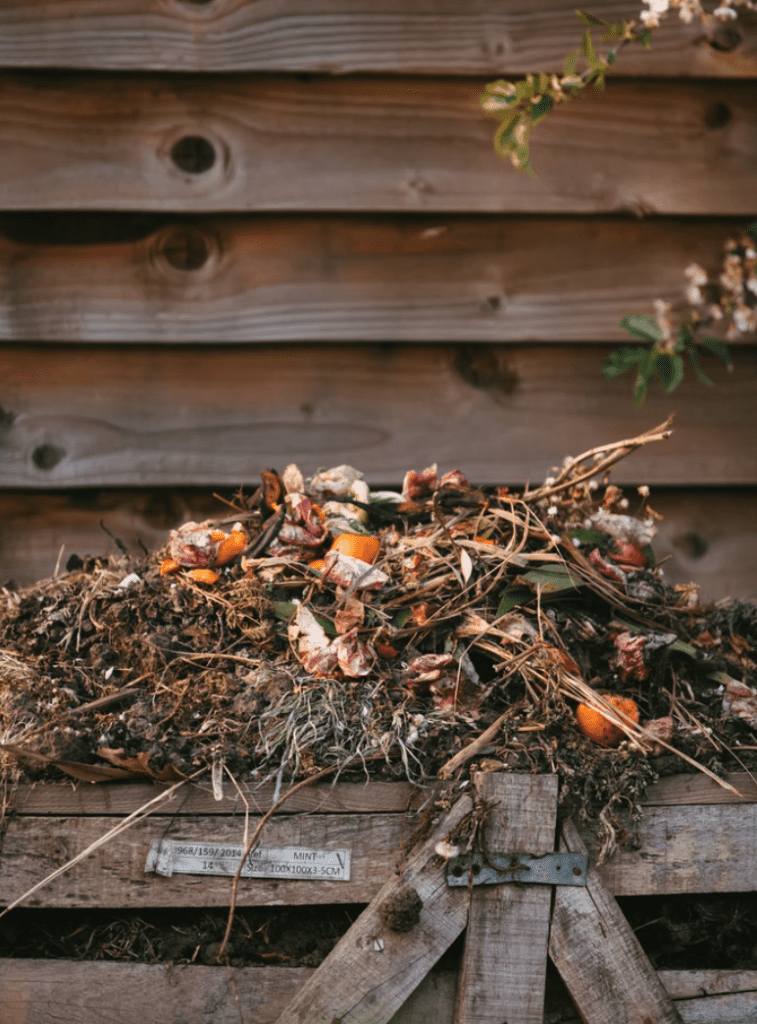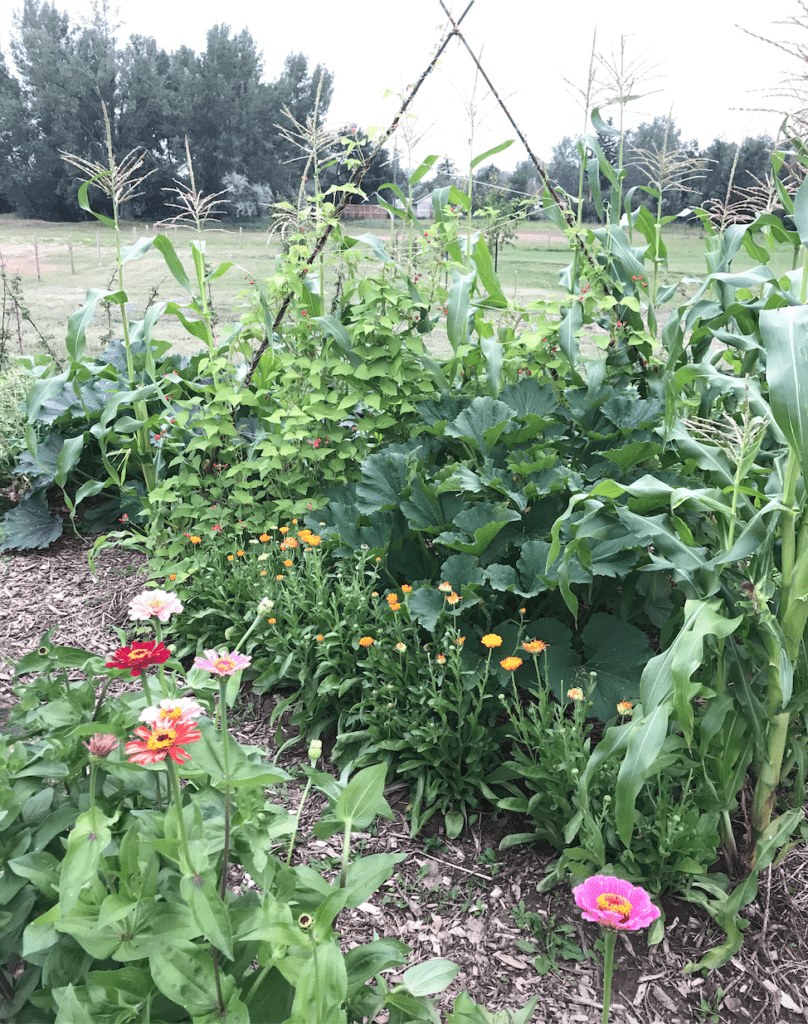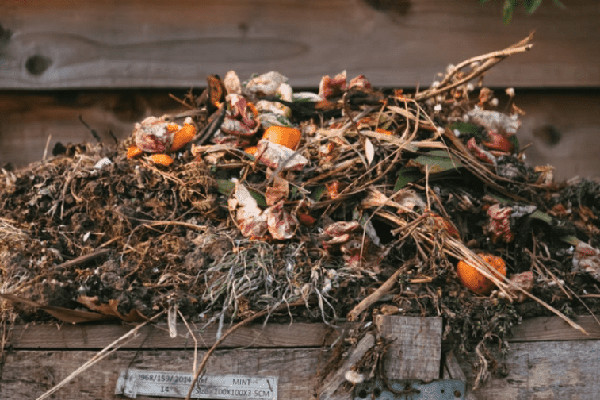The health of your garden soil (or lack thereof) not only determines how well your plants grow, but directly influences the nutritional content of the food that you’re growing and ingesting.
Many experts are even convinced that the issue of climate change is partially due to the conventional agricultural practices throughout much of the world. As a result of poor stewardship of our soil, as much as 70% less carbon is being held in the soil than before the land was converted to cropland and pasture!
The fascinating read “Cows Save the Planet” by Judith D. Schwartz will persuade you that even if you’re not a large scale farmer, planting your own backyard garden and caring for your own soil is absolutely beneficial, no matter how small a space you call your own.
Not convinced yet? Check out this video by Dr. Zach Bush. He believes human health has been drastically affected by the green revolution, which does not focus on soil health but rather destroys the soil by using fertilizers and pesticides. This in turn has devastated the health of millions of people.
Read on to discover eleven actionable tips (in no particular order) to change the trajectory of your soil health and the environment, increase your garden production, and even improve your own health!
1. No-till all the way
Did you know that rototilling your garden is akin to a major tornado that ruins the homes of billions of living creatures? Not to mention actually cutting up the creatures themselves.
Tilling completely breaks up the soil’s structure, which causes devastation to the innumerable organisms that live there- the bacteria, fungi, worms etc which did manage to survive the aforementioned tornado. These organisms are essential to the growth and health of your garden plants.
With tillage, the soil will become more compacted due to its very structure being destroyed, and ultimately water runoff and erosion will also become an issue.
In addition, “when tillage is minimized, soil carbon is not exposed to oxygen and soil aggregates remain intact, sheltering their carbon.” In simpler terms: quitting tillage will help reduce greenhouse gas emissions!
Let worms do the work for you instead!
2. Stop throwing away your money on mulch
Definitely DO mulch your garden, but don’t bother wasting your money on bag after bag of mulch.
Instead, chop up spent plants or cover crops, and use them around your plants as mulch.
Purchase a bale or two of straw from your farmer neighbour and liberally spread that around (just be sure to check first whether the crop had been sprayed with any chemicals; ideally source something organic and weed-free).

Collect all those fallen leaves from your yard and pile them on your garden. Ask your neighbours for their leaves too! Just don’t use lawn trimmings from others, which are generally highly contaminated with herbicides and fertilizers.
Check with your local municipality if they offer free wood chips, as many do. All you need to do is flex your muscles and shovel away! Since you don’t know the exact origin of these chips though, I’d be tempted either to let them decompose somewhat before using, or spread these only on paths.
Mulch creates a barrier for weeds which means less work for you, adds nutrients to the soil as it’s broken down, builds up the organic component of your soil, and preserves moisture.
Depending on your climate, you may want to be aware that mulches may provide cover for “pests” such as slugs.
3. Plant cover crops
Basically, cover crops form a living mulch in your garden. They choke out weeds and add nutrients and organic matter to the soil. In addition, they can provide stability and prevent erosion over the winter. Here in southern Alberta, it’s not uncommon for high winds to blow drifts of topsoil from bare farmland into the ditches. What a sad sight!
Add nitrogen back to the soil by planting legume cover crops such as the ones listed here. Be sure to do it properly to reap the benefits of nitrogen-fixing crops!
When cover crops start flowering, chop them down to prevent them from producing seeds and becoming weeds themselves. You can leave these lying right where they were planted, as mulch, and always leave the roots intact in the soil! The purpose of leaving the roots in situ is so you do not disrupt the microbes and fungi network that have built up around them. This will allow those organisms to break down the roots quickly, which also improves soil organic matter.
4. Make your own compost
Don’t throw your veggie trimmings and egg shells in the garbage. Add them to your compost heap along with any lawn or hedge trimmings!

There are multiple different ways of composting and countless resources (here, here, here) to guide you step by step, so find something that works for you. Just remember, compost needs layers of both green and brown materials to be successful (green= green leaves, kitchen scraps, coffee grounds; brown= dry leaves and clippings, newspaper, hay or straw, etc).
When your compost is finished, it should look like rich, dark, crumbly soil with an earthy but not unpleasant smell. You can now use this to enrich the soil in your garden. Spread a few inches thick but leave a couple of inches around your plant stems to avoid rot. There is no need to mix it into the soil.
5. Paths are your soil’s best friend
Make a permanent pathway through your garden (or three, or ninety-nine, depending on the size of your garden). That way, you won’t be compacting your soil every time you want to check on the status of your zucchinis.
Cover your pathway with mulch of some kind to smother any weeds that might try to grow there. Wood chips are a great choice for path mulching. I recommend several overlapping layers of cardboard under your wood chips to really deter the weeds as much as possible.
Another option though, if you don’t love the idea of mulch, is to have living green pathways such as clover. Although I currently have wood chip paths myself, I can see a white clover pathway being potentially better.
Weeds can still be an issue with wood mulch, where white clover should outcompete most weeds. Wood chips could potentially draw nitrogen from the soil as they break down, leaving less for your plants, while clover is a nitrogen fixer. But clover may need regular mowing and could spread where you don’t actually want it.
My favourite thing about permanent wood chip pathways? (And, I presume, lush white clover pathways). Immediately after a rain or a watering, I can walk into my garden without any worry of getting muddy, getting stuck, or compacting my garden soil!
Either way, permanent pathways are very important in your no-till garden.
6. Ensure there is lots of diversity in your plantings
In the event of a pest infestation, monocultures are affected the most severely. To help prevent pest and disease damage to your plants, plant a wide variety of vegetables, herbs, fruits, and flowers. Supplying host plants for beneficial insects is hugely impactful and necessary for keeping a good balance of insects.
Many types of herbs and other highly scented plants are also great for keeping pests away.

Andrew Mans from Mans Organics is a huge proponent of planting specific types of flowers and other plants in his greenhouse intermingled with the crops he’s growing. They provide habitat for the beneficial insects that feast on pest insects while supporting diverse fungi and bacteria life in the soil.
These strategies help prevent any imbalances which would make a crop susceptible to bugs or disease.
7. Avoid pesticides and herbicides
As Daniel Mays says in his book, “The No-Till Organic Vegetable Farm” (a great read; highly recommended), “Killing pests and obliterating disease in a biological context is like opening the refrigerator to cool the house; it masks the symptoms temporarily while perpetuating the root cause of the problem.”
He adds that unwanted organisms are almost always a sign of underlying issues with soil health, crop rotation, or biodiversity on the farm. Seek the root cause of the issue rather than killing off the pest.
Pesticides are not specific to a certain pest; therefore destroying the pest will also kill beneficial creatures, as well as exterminating the food source for predator insects.
Keep in mind that a healthy plant will be less likely to succumb to disease or pests. So focus on that soil health and applying supplemental water as needed.
8. No more synthetic fertilizer
Once your soil is healthy you will not need synthetic fertilizers, as the organic matter and organisms in the soil will do this job for you. But in the meantime, synthetic fertilizers are certainly not doing your soil any favours, so please stop using them immediately.
Read this interview with Rick Haney, a researcher who knows a lot about what’s wrong with our soil and how to fix it. https://e360.yale.edu/features/why-its-time-to-stop-punishing–our-soils-with-fertilizers-and-chemicals
Regarding monoculture crop farming, Rick Haney says: “We were applying fertilizers and getting these big yields, so that system seemed to be working- until we began seeing, for example, the dead zone in the Gulf of Mexico [created by algal blooms triggered by high nitrogen levels from fertilizer], and we started wondering if this was really working right. Are we putting on too much fertilizer? And the answer is, “Yes we are.” It’s like instead of feeding your children a balanced diet, let’s just feed them vitamins. That’s not going to work, is it?”
(By all means, feel free to apply natural fertilizer such as vermicompost or composted manure instead- see point #11).
9. Change up the layout
Choosing square foot gardening- or some variation of it- rather than planting in rows is something to consider. This works especially well in raised garden beds.
This method of planting will conserve moisture (less evaporation from the soil), naturally choke out weeds, and have higher yields (due to more plants occupying the same amount of space).
You will want to ensure that there is enough air flow around the plants to lessen the likelihood of disease, specifically with plants prone to mildew.
If you have lots of space, you may still choose to plant in rows as some argue that it is easier to reach around all of your plants for harvesting. Plus, to the eyes and perfectionist tendencies of some, neat and tidy rows can be more appealing visually. If that’s you, go for it!
10. Rotate your crops
To avoid pests and disease, as well as maintain the nutrient balance in the soil, be sure to rotate the area of the garden in which you grow each family of vegetables.
If you plant your garden in groupings where multiple types of plants grow together, this will be less important.
Depending on the size of your garden, there are different methods to choose from. Always keep notes or draw a diagram each year of exactly how your garden is planted, so that you can refer back to them for next year’s planting plan.
The blog “Harvest to Table” has a clear post outlining crop rotation that’s worth a read.
11. Add organic fertilizers and microbial inoculants
If you’ve implemented all of the above tips, and your garden just doesn’t seem to have the lush “oomph” you really were hoping for…it may be time to get a little more help in the form of fish fertilizers or microbial inoculants.
Just like we sometimes need a boost in the form of a cup of coffee in the morning, maybe your soil just needs a little boost to get going in the right direction. Check out The Organic Gardener’s Pantry for some unique garden and extremely beneficial supplements!
This year I started my current garden from scratch, literally rototilling a highly weedy pasture just once (I intended to smother, layer, mulch but simply didn’t get started on time). Yes there were weeds- mainly dandelions- but the garden was beautifully lush and grew like a dream!
I attribute this to my sporadic application of fish fertilizer, kelp fertilizer, and in some areas, effective microorganisms (EM), all sourced from the The Organic Gardener’s Pantry. It’s also recommended to spray diluted fish emulsion onto foliage. I just used a watering can and applied it only at the soil level this year.
In Conclusion
Implementing all of the above tips with the exception of crop rotation has proven to be hugely successful in my first year garden (in this location). I must say…I’m excited!! This has so far been the best garden I’ve had the pleasure of sowing and watching grow and harvesting from! (See current garden update here)
Planning, planting into, and caring for an untilled garden may be a steep learning curve, but billions of living organisms and the environment will thank you!
I hope you will find deep satisfaction in your path toward environmentally friendly gardening, and that you will try to implement some or all into your vegetable garden next year! Even the smallest changes you make will impact the environment in a positive way.
Happy Gardening!

